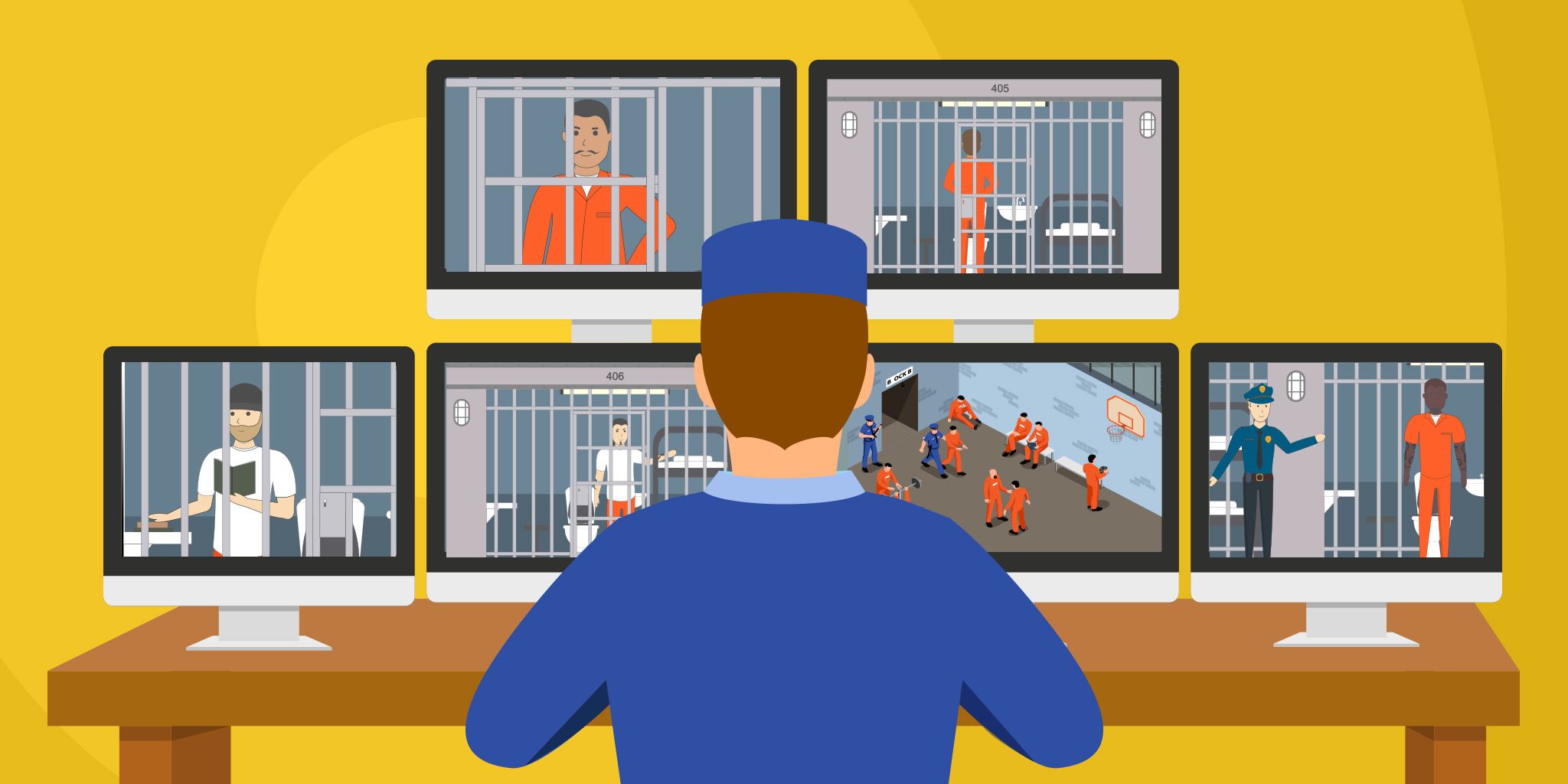What Is a Smart Building?
What Is a Smart Building?
- Last Updated: December 2, 2024
Thru Shivakumar
- Last Updated: December 2, 2024



As we enter the era of smart building technology disruption, we need to prepare for and embrace the enormous potential that will be made possible in the real estate industry. But first, however, we need to address what smart building technology actually means.
Brad Greiwe, managing partner of the largest real estate tech VC firm in the U.S., Fifth Wall Ventures, states that he doesn’t like using the term “smart buildings” because “if we went around the room and asked you what a 'smart building' was, everybody would give a different answer. I think we’re still working on what 'smart building technology' means.”
Due to this misunderstanding of essential terminology, the real estate industry has varied in its adoption of smart building technology. In order to bring some clarity to the concept, let’s start with some basic principles.
The main difference between traditional and smart technology is that smart technology is predicated on the creation, collection, transmission, use, and analysis of data, driven by physical devices. The advent of the Internet of Things (IoT) has enabled the accelerated adoption of data-driven capabilities in every industry from healthcare to manufacturing to leisure. The real estate industry is no different, and it has experienced new capabilities arise as solutions communicate directly to the building's IoT devices, such as the HVAC system, temperature sensors, proximity-based access control systems, facility management software, and others.
Integrating Disparate Data Silos
In order to take full advantage of IoT in buildings, we must bring all the functions and data from disparate, siloed devices and systems together for enhanced performance and analysis. This is much easier said than done. With the right technology solution that connects with every major data source, it is now possible. And, when accomplished, the building can leverage the full potential of smart technology. For context, let’s look at how visitor management works in most office buildings today.
At the surface, visitor management seems straightforward. An employee (host) in an office contacts an individual (the visitor) to come visit the office and then provides the details—usually in the form of an email. The host then contacts the lobby security desk and submits that they have a visitor scheduled to arrive at a certain time and date. Upon arrival, the visitor waits in line at the security desk, informs the security personnel of their scheduled visit, shows identification, waits to receive a physical badge, scans the badge in at the elevator kiosk or waits to be let in, and checks in at the host’s front desk who then notifies the host that their visitor has arrived. There are variations of this approach, but for an activity that occurs hundreds (sometimes thousands) of times in a week, a more efficient and intelligent approach is needed. It should be no shock that visitor management is often one of the most frustrating workflows in a building for both the tenants and operating staff.
What Is a Smart Building?
Leveraging IoT and systems integrations, visitor management can be more efficient, while maintaining security elements. For example, the host can directly register the visitor in a visitor management system, which will send an email confirmation and mobile credential to the visitor. With integration to email systems, a calendar invite can be created with the click of a button if desired. Upon arrival, the visitor bypasses the line at security, avoids the need to print a physical badge, and can scan the mobile credential at the elevator perimeter security kiosk. Because the kiosk is connected to the security system, a notification (email, SMS, or push) can be generated to send to the host informing them that their visitor has arrived.
This approach is much more streamlined and can save significant time and waste for thousands of people over the course of a year. For context, in a 1 million square foot building, the annual savings of time could be 7,000+ hours for visitors, building staff, and tenants.
Additionally, visitor management data can be collected and analyzed to predict when peak visit times and days are likely to occur. This data, combined with the tenant occupancy data collected from the security access control systems, provides actionable insights on building utilization to improve building productivity and to enable autonomous building operations. As a result, the building’s HVAC systems can respond by heating or cooling the building based on the utilization of the building. Additionally, the security team can more efficiently staff based on higher or lower-than-expected building populations. Visitor management is just one of the many daily workflows of a building, and it can help achieve the potential brought by smart building technology.
IoT for Smart Building Potential
As each building adopts various smart building technology, it creates the foundational possibilities of entire real estate portfolios to create, collect, and analyze all their data in a combined view. It’s within this portfolio-wide view of data that real estate owners and operators can utilize to take the next evolutionary leap in the real estate industry. This will all be made possible by the use and mass adoption of IoT in every class of real estate. Over the next several years, it is clear that IoT will be seen as the main technological driver of smart building potential. Let's embrace the possibilities.
The Most Comprehensive IoT Newsletter for Enterprises
Showcasing the highest-quality content, resources, news, and insights from the world of the Internet of Things. Subscribe to remain informed and up-to-date.
New Podcast Episode

How Drones and Telecom Enable Aerial IoT
Related Articles




